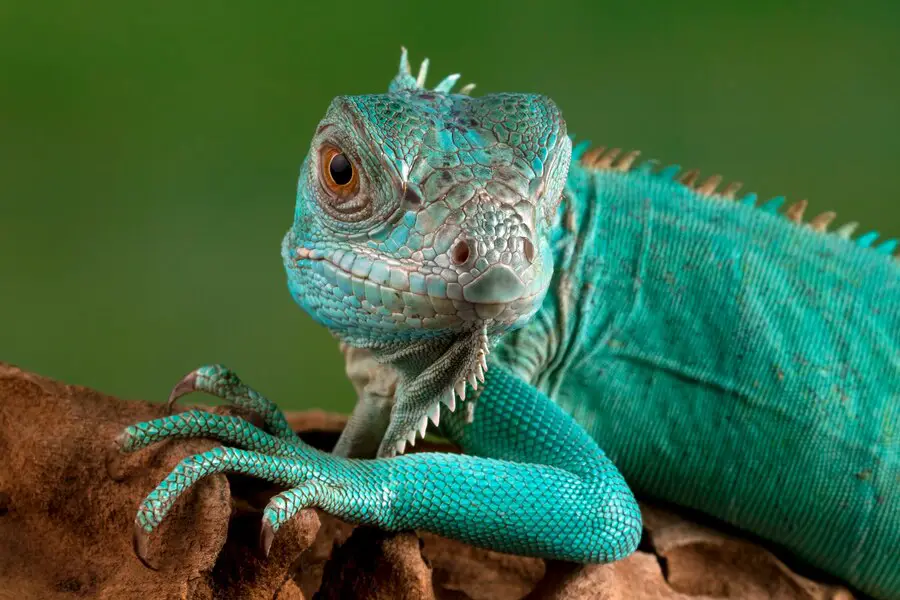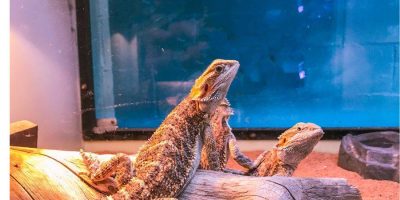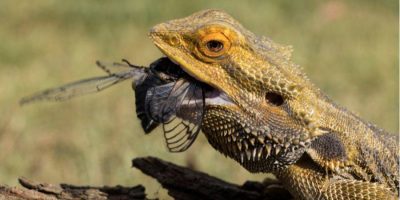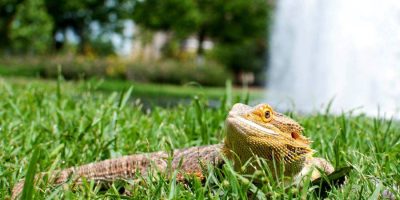When it comes to bearded dragons, they are fascinating reptiles known for their unique communication methods. Despite their reputation for being relatively quiet, they do have ways of expressing themselves and communicating with their environment and their owners. Understanding their communication cues and behaviors can help us better connect with and care for these amazing creatures.
Understanding Bearded Dragon Communication
Bearded dragons are fascinating creatures with their special ways of communicating. Even though they may not be as vocal as some other animals, they have unique body language and behaviors to express themselves. By observing their movements, head bobs, arm waves, and even changes in their body color, we can understand what they’re trying to communicate.
Bearded dragons are such fascinating creatures when it comes to communication. While they may not be chatty like some other animals, they have their unique ways of expressing themselves. They use body language, like head bobs, arm waves, and even changes in their body color, to communicate their feelings and intentions. It’s pretty amazing how they can convey so much without saying a word.
Vocalizations of Bearded Dragons
While bearded dragons may not be known for their vocalizations, they do have a couple of interesting sounds they can make. One of the sounds they can produce is a hissing noise, which they typically do when they feel threatened or scared. It’s their way of saying, “Back off!” Another interesting behavior is puffing up their beard, which is a visual communication signal rather than a vocal one. When they puff up their beard, it can indicate aggression or a display of dominance.
Bearded dragons use vocalizations like hissing and puffing up their beard for specific reasons. When they feel threatened or scared, they may hiss to warn potential predators or other threats to back off. It’s their way of saying, “Hey, I’m not happy with this situation!” On the other hand, when they puff up their beard, it’s more about displaying dominance or asserting their territory. It’s like their way of saying, “I’m the boss here!” These vocalizations and behaviors are all part of their instincts and communication methods.
Bearded dragons have some fascinating forms of communication beyond vocalizations. Two notable examples are head bobbing and arm waving.
- Head bobbing is a common behavior among bearded dragons, and it can have different meanings depending on the context. For instance, a slow and gentle head bobbing can be a sign of submission or a way to show that they are not a threat. On the other hand, a rapid and vigorous head bobbing is often seen as a display of dominance or territoriality. It’s their way of saying, “This is my space!”
- Arm waving is another interesting behavior that bearded dragons exhibit. They raise one of their forelimbs and move it in a waving motion. This gesture is usually seen during courtship or when they are trying to get attention. L
These gestures, along with other behaviors like body color changes, help bearded dragons convey their emotions and intentions. By observing and understanding these forms of communication, we can better connect with and care for these amazing reptiles.
Non-vocal communication
Non-vocal communication refers to the ways we express ourselves without using words or vocal sounds. It includes various forms of body language, facial expressions, gestures, and even written or visual cues. Non-vocal communication can convey emotions, intentions, and messages just as effectively as spoken words. For example, a smile can show happiness, a frown can indicate sadness, and a thumbs-up gesture can signify approval. Understanding and interpreting non-vocal communication is crucial for effective communication and building connections.
Facial expressions
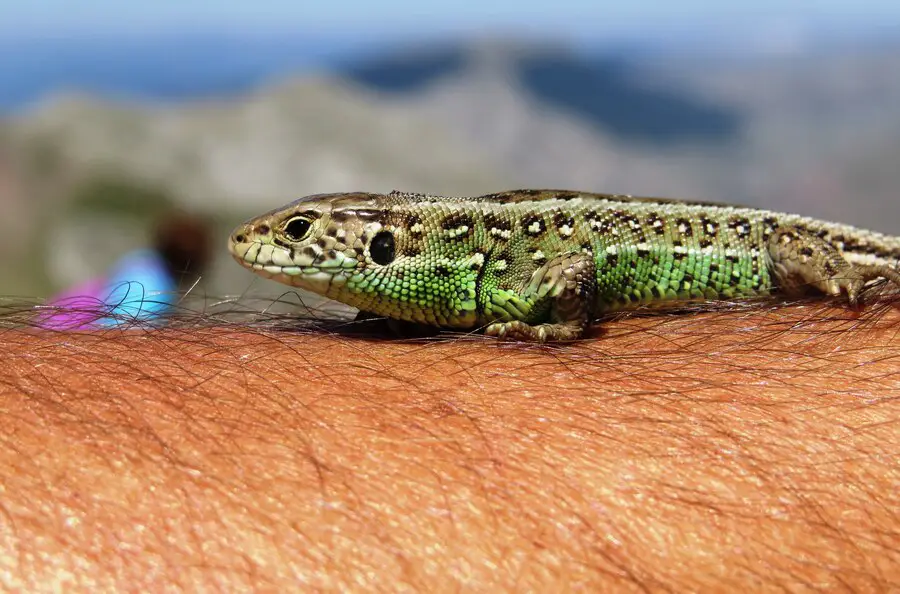
Facial expressions
Facial expressions play a significant role in non-vocal communication. Here are some common facial expressions and their meanings:
- Smiling: A smile is often associated with happiness, joy, or friendliness. It can also indicate agreement or approval.
- Frowning: A frown typically signifies sadness, disappointment, or disapproval. It can also show concentration or deep thought.
- Raised Eyebrows: When someone raises their eyebrows, it can indicate surprise, curiosity, or disbelief.
- Eye Rolling: Eye rolling is often a sign of annoyance, frustration, or sarcasm.
- Squinting: Squinting, or narrowing the eyes, can indicate suspicion, skepticism, or concentration. Raised Eyebrow and Smirk: This expression can suggest skepticism, amusement, or a hint of sarcasm.
- Pursed Lips: When someone purses their lips, it can indicate disagreement, disapproval, or frustration.
- Open Mouth: An open-mouth expression can indicate surprise, shock, or awe.
The Importance of Observation
Observing and understanding your bearded dragon’s unique communication style is incredibly important. Just like humans, each bearded dragon has their personality and way of expressing themselves. By paying close attention to their body language, vocalizations, and gestures like head bobbing and arm waving, you can develop a deeper bond with your pet and better meet their needs. It’s like having your special language with your bearded dragon.
When it comes to interpreting your bearded dragon’s behavior, there are a few key things to keep in mind:
Observe body language: Pay attention to their posture, tail position, and overall body movements. A relaxed and open posture usually indicates content and comfortable dragon, while a rigid or puffed-up appearance may suggest aggression or stress.
Watch for color changes: Bearded dragons can change the color of their body, especially their beard and body markings. Darkening colors may indicate stress or discomfort, while brighter colors can signal excitement or contentment.
- Notice their appetite: Changes in eating habits can be a sign of underlying health issues or stress. Monitor their food intake and look out for any sudden changes or loss of appetite.
- Take note of vocalizations: As we discussed earlier, bearded dragons may hiss when feeling threatened or display dominance through head bobbing. Listen for these sounds and observe their accompanying behaviors.
- Respect personal space: Just like us, bearded dragons need their alone time. If they retreat or hide, it’s important to give them space and not force interaction.
- Provide a comfortable environment: Ensure that their enclosure is set up with appropriate temperature, lighting, and hiding spots. A well-maintained habitat can contribute to their overall well-being.
Conclusion
To wrap things up, we’ve been talking about non-vocal communication and the various facial expressions that play a big role in conveying emotions and messages. We discussed some common facial expressions like smiling, frowning, raised eyebrows, eye-rolling, squinting, and more. These expressions help us understand and interpret others’ feelings and intentions, even without using words.
Remember, facial expressions can vary across cultures, so it’s important to consider other non-verbal cues and the context when interpreting them. Non-vocal communication is fascinating because it allows us to express ourselves without speaking a word!

